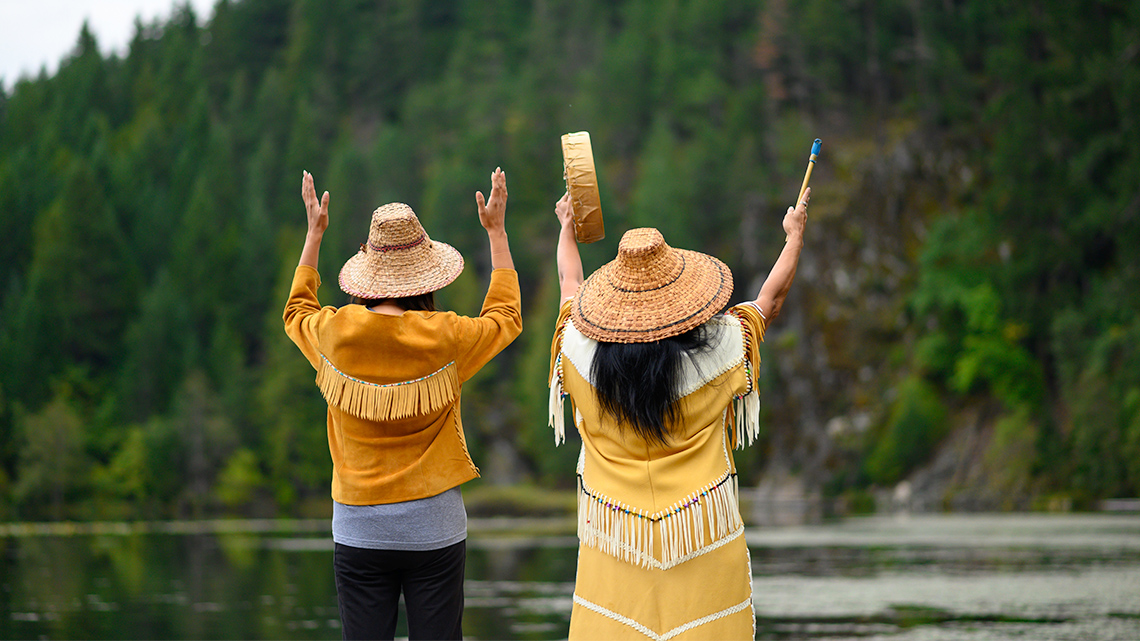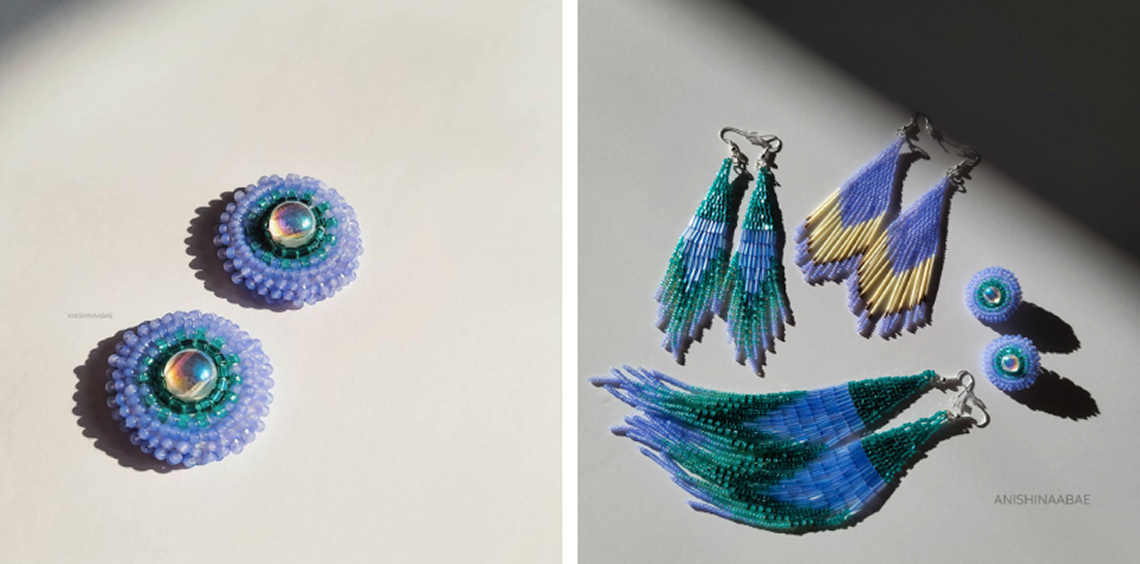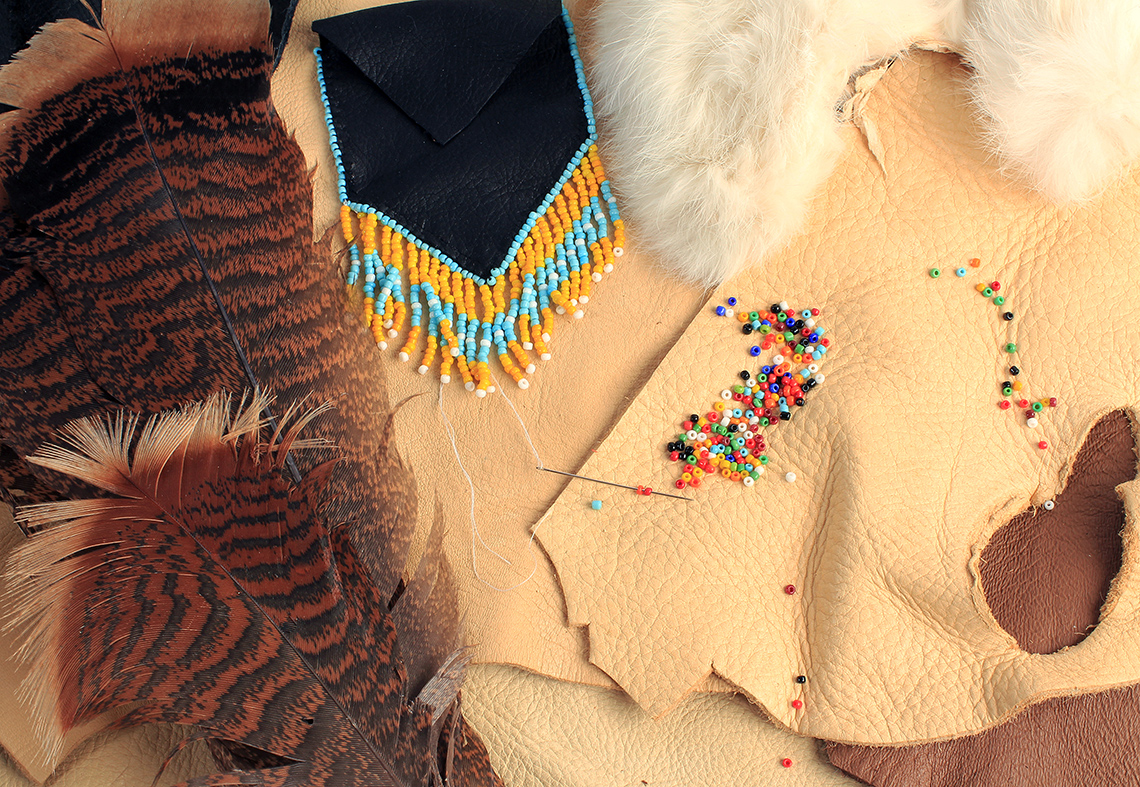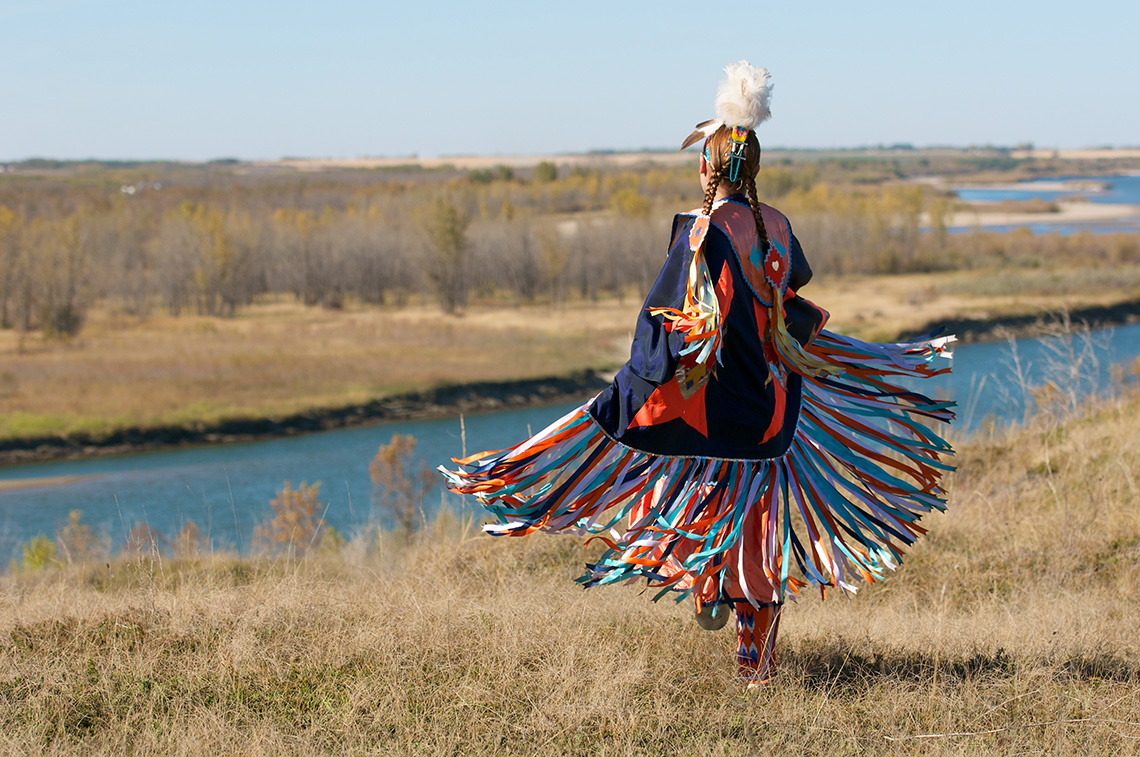Minds On
Land Acknowledgement

Have you heard of a Land Acknowledgement?
You may have experienced a land or territory acknowledgement before an assembly, during your morning announcements, on the news, or at an event.
A land acknowledgement usually includes a statement that begins like this: “We want to acknowledge that we are on the traditional territory of (Blank).”
Press ‘Hint’ to access what finishes the sentence.
Some people may also mention the name of a local treaty.
Press ‘Example’ to access the names of two local treaties.
Some acknowledgments may be translated into an Indigenous language and shared alongside an English, French, or other language version.
A land acknowledgement can be a meaningful way to recognize the long and enduring histories and relationships that First Nations, Inuit, and Métis peoples and communities have had, and continue to have, with the land since time immemorial. They are meant also as a way for non-Indigenous people to situate themselves and their own histories in how they came to be on the lands now known as Canada.
Pause and reflect
Let's take some time to reflect on the following questions:
- What is your understanding of the Land Acknowledgement?
- Why do we have it?
- What do you think it means?
Throughout this learning activity, you can record your ideas digitally, orally, or in print.
Action
Task 1: Land as a way of knowing

Land is often thought of as a large territory that exists to host the needs of people, animals, and plants. It provides resources that give nourishment, and in turn, many people create their own ecosystems that revolve around it.
When discussing environmentalism, the land is identified as something that must be protected and cared for; otherwise, there will be no more resources left.
Indigenous ways of knowing refer to the diverse and distinct knowledge that came from Indigenous peoples living on the land for generations and how they used this knowledge to inform their decisions that would impact future generations. Indigenous communities acknowledge the land as both a living being and a teacher, and give thanks for the gifts the Earth gives to human life. Knowledge is not just derived from people and our interactions with others; rather, all beings on Earth, such as animals, plants, fish, and trees, have teachings to share with humans. ‘Living lightly’ on the land has always been emphasized as a means of minimizing environmental impact and a way to ensure a continued quality of life for future generations to come.
Exploring the land from an Indigenous perspective means understanding that the land is a living being and that it requires a reciprocal approach. In this sense, humans have particular roles and responsibilities that come with taking care of the land because the lands take care of us daily to ensure our collective and individual survival. This understanding both gives us insight into, and increases our awareness of, how to properly interact with the land.
Choose one of the articles provided. There are a few questions you will need to answer.
As you explore the article, consider this question:
What is the significance of having a connection with the land around you?
Press ‘Hint’ to access ideas on how to think about land connections.
Record your thinking using a method of your choice.
Article #1:
The first article is about "Toronto Metropolitan University’s Indigenous Fashion Support Program."

Press tvo today to access "Toronto Metropolitan University’s Indigenous Fashion Support Program."
Opens in a new tabArticle #2:
The second article is about using Indigenous teaching and bead work within the classroom in order to support math concepts.

Press tvo today to access "How beading is helping these students learn about mathematical concepts — and Indigenous culture."
Opens in a new tabNow that you have explored one of the two articles, answer the following questions:
- What Indigenous way of knowing was reflected in this article?
- What are some examples of reciprocity within the articles? Reciprocity means exchanging things with others with the goal of benefitting each other.
- How does having a relationship with the land enhance the fashion industry or the understanding of mathematical concepts?
Pause and reflect
Now that you've learned a little more about the topic, let's take some time to reflect with two of the following questions:
- How do you think about the land that we live on?
- What do you use the land for?
- What does the land provide you with?
- Why is it important to have a connection with the land around you?
- Why is it important to integrate an Indigenous perspective into different aspects of life?
- Why is it important to recognize Indigenous ways of knowing and contributions?
Record your ideas using a method of your choice.
Task 2: Indigenous Treaty territories
As we learn more about Indigenous ways of knowing and relating to the land, let’s consider the traditional territories in Ontario.
For some, it may be difficult to visualize what Canada might have looked like without provincial borders or the population that inhabits it now. This was when the country that is now referred to as Canada was made up of traditional territories. Borders were not as formal or static as they are today, but there were specific areas that Indigenous Nations lived, hunted, and travelled within. These borders would be defined by naturally occurring divisions in the Earth, such as lakes, rivers, forests, etc.
It is important to remember that the places in which a particular community lived had a great impact on how they would come to understand and learn from the world around them. As we learn more about Indigenous ways of knowing and relating to the land, ask a trusted adult in your life to help you identify the traditional Indigenous and treaty territory or territories on which your community is located.
Record this information using a method of your choice.
How can you find this information?
You could check the land acknowledgment used by the school board in your community or a government website for your community, such as your local library. This is TVO’s land acknowledgement.
Explore this land acknowledgement used by TVO.me. What traditional treaty territories are mentioned?
Territorial Acknowledgement
We would like to begin by recognizing that wherever in Ontario we are joining in from today, we are located on the traditional territory of Indigenous peoples. TVO is located on the traditional territories of the Anishnaabe, Huron-Wendat, and the Mississaugas of the Credit.
Throughout our time together, we also want to consider good ways of working with Indigenous colleagues and partners and where we can each take meaningful action on a personal level on the path to reconciliation.
www.ontario.ca/page/treaties
Task 3: Indigenous contributions to Canadian identity

The Indigenous peoples of Canada are not only the first people of this land, but they have also made significant contributions to the development of Canadian identity. Through their art, teachings, and understanding of the land, they have undoubtedly helped to shape the Canada we know today.
First Nations, Inuit, and Métis individuals, groups, and communities continue to make many significant contributions to the shaping of our land, identity, and society. For this task, we are going to focus our attention on some of the early contributions that these Nations made and consider how they continue to shape our identity as Canadians. The following three examples are some of the early contributions that various First Nations, Métis, and Inuit communities and individuals have made to Canada. Choose one of the following research topics to explore.
The three research topics are:
- The Indigenous Group of Seven
- Haudenosaunee Knowledge and Impacts on North America
- How the First Nations, Métis, and Inuit people helped European fur traders and explorers
Use reliable first and secondary sources to conduct your investigation on your chosen topic. As you explore, take note of Indigenous websites created by Nations and Indigenous organizations. Begin your search here. Canadian museum sites and Canadian encyclopedia sites also include reliable content.
Use the guiding questions provided for each of the three research topics as you explore your chosen topic. Record your thoughts using a method of your choice.
Press the tabs to access guiding questions that can help you explore your chosen topic.
- What was the Indigenous Group of Seven?
- How did they get their name?
- What were the names of the artists involved?
- How did they gain recognition for Indigenous art?
- What were the goals of the group?
- Who are the Haudenosaunee?
- What six nations joined together to create the Haudenosaunee Confederacy?
- Describe their family system.
- What agricultural practices did the Haudenosaunee develop?
- How did the Haudenosaunee Confederacy influence the American Constitution?
- How did the First Nations, Métis, and Inuit interact with the explorers when they met?
- For each of the following aspects, explain how the Indigenous
people assisted and aided the fur traders or settlers:
- navigation
- medicine
- trade
- transportation
- shelter
- snowshoes
For the topic that you researched, how do the early contributions shape the Canadian identity today?
Press ‘Hint’ to consider the impact of early contributions.
Consolidation
True or false?

It is time to take what you have learned in this lesson and tie it all together through some reflection.
First, complete this true or false activity about traditional territories and the significance of Indigenous ways of knowing with respect to our need for a relationship with the land.
Select the correct answer.
Think about your learning
Now let's take some time to reflect on our learning with the following questions:
- How do you relate to the Indigenous practice of living lightly? How can this concept shape Canadian identity?
- Why should everyone know and understand where the traditional territories of Indigenous communities are located?
- Why is it important to understand and be knowledgeable about the contributions that First Nations, Inuit, and Métis peoples, groups, and communities have made and continue to make to Canada?
Reflection
As you read through these descriptions, which sentence best describes how you are feeling about your understanding of this learning activity? Press the button that is beside this sentence.
I feel...
Now, record your ideas using a voice recorder, speech-to-text, or writing tool.
Press ‘Discover More’ to extend your skills.
Discover MoreFirst Nations, Inuit, and Métis individuals, communities, and organizations make significant contributions to Canada every day. Choose one individual from this short list of individuals to learn more about their contributions to Canadian identity and society.
- Autumn Peltier
- Senator Murray Sinclair
- Truth and Reconciliation Commission
- Rebecca Thomas (Mi’kmaw poet laureate)
- Ethan Bear
- Kanahus Manuel
- Josephine Mandamin
- Chief Lady Bird
- Isaac Murdoch
- Gabrielle Fayant
Consider the following questions as you learn about this individual:
- What did you learn about this individual?
- Why do others need to be aware of this individual’s contributions?